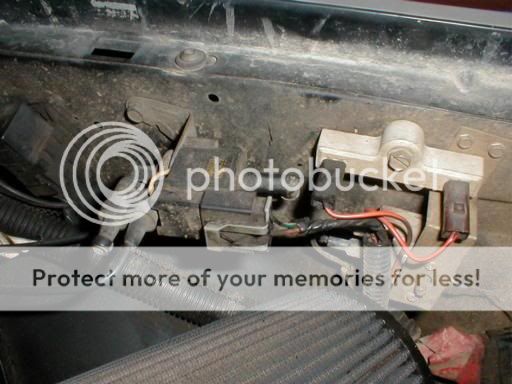ERock62
NAXJA Forum User
- Location
- Duarte, CA.
93 XJ Country 4.0L AW4 NP242
My wife was driving my jeep since her car is getting a new timing belt. She was driving on the fwy at 65mph heading up a slight 3 miles grade. Temp, oil press, volts everything were within normal range.
The jeep lost power about half way up the grade and she was able to get over to the side. I was about 30 mins away so I jumped into my car and headed over. I thought it sounded like my cps issue I had over the summer which was replaced. She tried to turn it over and it would not start from what she told me. So I had her wait 15 mins. I called and it idled for a second and she gave it some gas and it shortly stalled. I got there and tried to start it. It would idle rough at around 500rpms and anytime I would give it gas it would pop in the engine bay area and start to miss. Then it would eventually die. I did not visually see anything odd with a flashlight and did not smell anything or see any colored smoke coming from the exhaust.
I ended up getting it towed to my house to check out in the morning.
My wife was driving my jeep since her car is getting a new timing belt. She was driving on the fwy at 65mph heading up a slight 3 miles grade. Temp, oil press, volts everything were within normal range.
The jeep lost power about half way up the grade and she was able to get over to the side. I was about 30 mins away so I jumped into my car and headed over. I thought it sounded like my cps issue I had over the summer which was replaced. She tried to turn it over and it would not start from what she told me. So I had her wait 15 mins. I called and it idled for a second and she gave it some gas and it shortly stalled. I got there and tried to start it. It would idle rough at around 500rpms and anytime I would give it gas it would pop in the engine bay area and start to miss. Then it would eventually die. I did not visually see anything odd with a flashlight and did not smell anything or see any colored smoke coming from the exhaust.
I ended up getting it towed to my house to check out in the morning.

